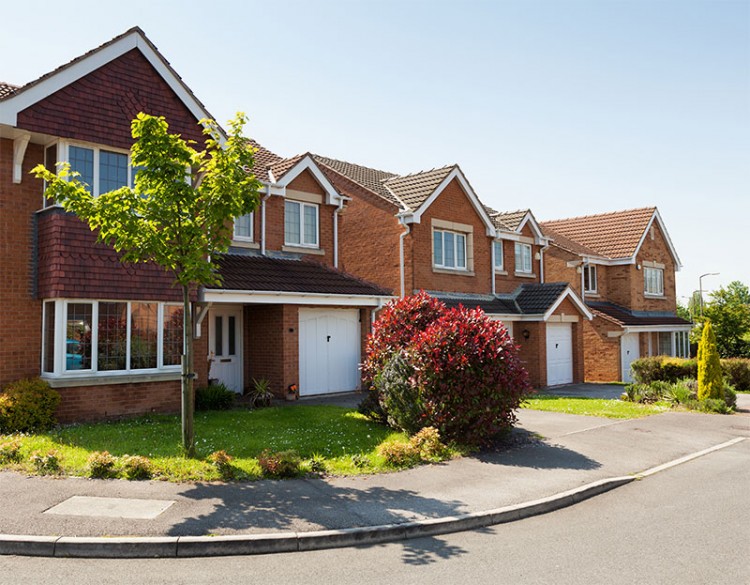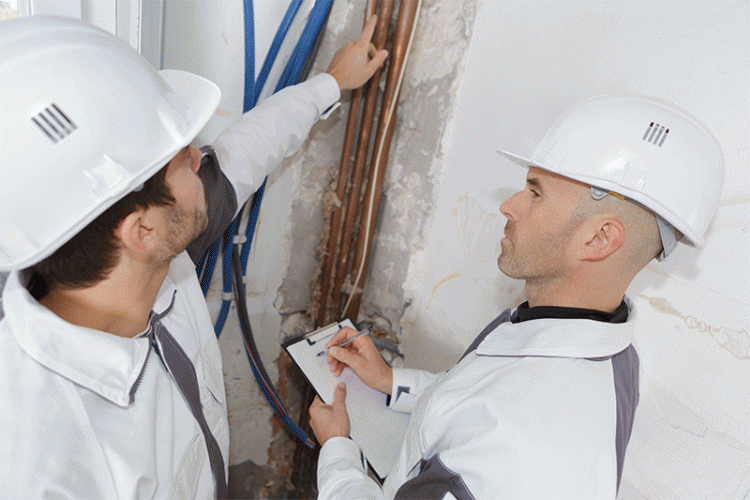Owning a property requires constant efforts to upkeep and maintain its good condition. Looking after a rental, however, proves to be more challenging for the property owners, for a number of reasons:
They do not live onsite, meaning that tenants and property managers are entrusted to maintain the abode;
Screening tenants isn’t enough to ensure that they will care for the the property. In fact, most people see renting as a way of avoiding responsibility.

So, to ensure that your rental is well taken care of and to minimise the cost of maintenance in the long term, one should inspect the abode on a regular basis.
Now, some landlords consider inspections to be more of an inconvenience for both themselves and their tenants. But, frequent visits (not too frequent, though) bring the following benefits for everyone involved:
You can identify any maintenance needs and problems timely before they escalate into a time and fund consuming disaster.
You can keep an eye on your tenants and thus ensure that lease terms are properly executed, and the tenants are taking good care of the property.
Inspections are a good way to build a relationship with your renters. And a good relationship is valuable, as it makes everything from inspections to repairs easier.
There are four main types of rental inspections each landlord should conduct regularly.
1. Move-in inspection
Each lease term begins with a thorough move-in inspection conducted in the presence of both tenants and landlord. The goal is to accurately document the rental conditions before renters move in. The check-in report serves as a reference for future inspections.
At the end of the lease, you should use the move-in inspection report to identify the signs of use and thus justify the amount of the tenancy deposit that will be deducted for repairs or cleaning work.
2. Move-out inspection
Tenants should be aware that they are duty-bound to return the property to the landlord in the same condition as they received it prior to moving in. During the move-out inspection the current state of the property is compared to its state on the tenants’ moving-in date.
When inspecting the house, use the move-in report for reference and take notes on how the property’s condition compares to that at the start of the tenancy period. In your move-out report, include any cleaning or repair works that needs to be done to get the house back in a rent-ready condition. For anything above normal wear and tear, you have the right to deduct a certain amount from the tenancy deposit.
3. Pre-Move-out inspection
This type of home inspection is hugely underestimated. In fact, it can save a lot of headache to both you and your tenants if you add a pre-move-out inspection in your calendar.
The pre-move inspection includes the landlord visiting the property and advising the tenants on any repair and cleaning works that needs to be done prior to them moving out. It’s beneficial for the tenants as well, as this will help get their deposit back in full.
4. Seasonal inspections
It’s never a good idea to count on your tenants to think about your property for the long term – they just won’t do it. So arranging seasonal inspections lays on your shoulders.
These types of checks should go hand-in-hand with seasonal maintenance. Why? Well, because you can’t count on the tenants to do that either. As a homeowner, you need to ensure that your rental is prepared for the change of seasons, so things like gutter cleaning and winterising the pipes should be on your to-do list.
Seasonal inspections are another opportunity to ensure that everything is okay with the house and any required repair or maintenance works can be done timely. The visits are also a good way to give your tenants some advice on what they can do differently to take a better care of the property. After all, their security deposit is at stake, so you want to be helpful.

What to look out for during inspections
Leaks – leaks are the prime cause of mould in homes. Run all the taps to detect any water dripping from places it shouldn’t be dripping from. Also, check drainage for blockages and make sure that water is not overflowing.
Mould and dampness – mould is a health concern and can cause costly damages. Look around the rooms that are prone to moisture paying special attention to windows and sinks. Additional places worth checking are extractor fans and pipework hidden in kitchen units.
Smoke alarms and carbon monoxide detectors – for legal reasons, both of these items need to work properly, so it’s very important to check them whenever you get the chance to. Make sure they are working properly and aren’t clogged with dust.
Fittings and appliances – everything you’ve provided as part of your property should be in a good condition. Note, if appliances need servicing, then arrange for them to be taken care of.
Lofts and attics – have a snoop around these areas and check for dampness, holes or any signs of pests. These are the areas that are most prone to infestations (along with the kitchen and the basement), so regular checks are crucial if you want to avoid paying for rat control services.
Exterior and garden – look for overgrowth and piles of garbage, as rodents and other pesky wildlife can hide there. Check the facade for any holes, as well.
Additional tips & tricks:
1. The most important part of the property inspections is to keep detailed records of them. A non-documented visit is of limited use. Your records can include thorough notes with dates and photos of each inspected area. Such record keeping can help you track the condition of your property and support you in legal cases if need be.
2. To make property inspection easier, homeowners can use detailed checklists. At the end of each inspection, both you and your tenants should sign the report and write down the date of the inspection. This shows mutual agreement on the documented state of the property.
3. Set reminders in your calendar in order to arrange all needed visits throughout the tenancy period.
4. Be considerate of your tenants! Put yourself in their shoes – if someone was to come to your home unannounced and started looking around with a sceptical eye, searching for issues with the property, or god forbid – going through the cupboards, how would you feel?
Make sure to notify your tenants at least one week prior to inspecting the place. Do it in writing and confirm with them that they’ve received the notification and the time is appropriate for them. State exactly what you intend to do and stick with the tasks at hand when visiting.
It’s good to double-check and confirm that they’re ready for your arrival the day prior to the inspection.
5. Provide your tenants with a cleaning kit upon moving in. It doesn’t need to be too fancy, just the basics – all-purpose cleaner, sponges, degreasing detergent, bleach etc. This will establish a positive relationship. It will also prompt them to take care of the rental, right from the start.
6. Work on any maintenance tasks timely. This will prevent the problems from worsening and you’ll avoid costly repair work in the future. Leaky taps, compromised roof and clogged gutters are just a few repairs that need to be handled as soon as possible.



